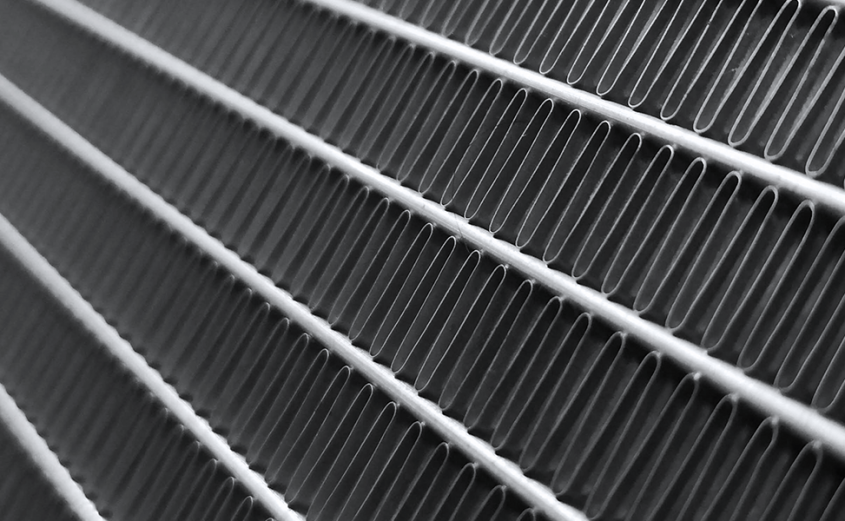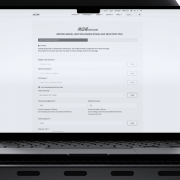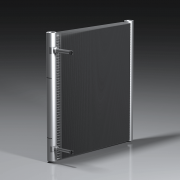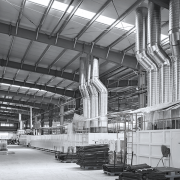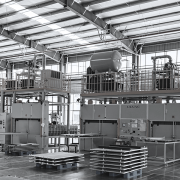Microchannel heat exchangers for ammonia refrigeration
An excellent opportunity for the wide use of ammonia arose with the advance in microchannel heat exchanger technology, with its low refrigerant charge and high heat transfer coefficients for condensation.
Ammonia is widely accepted as an environmentally compatible refrigerant with a GWP value of zero and adequate efficiency. However, it is a toxic compound, and this constrains its use in populated areas. The amount of ammonia required to charge air conditioning and refrigeration systems should be substantially lowered to reduce risks when expanding ammonia applications to densely occupied territories. And modern microchannel coils give this opportunity, offering a refrigerant charge of 15g per kilowatt cooling – more than eight times lower than conventional round-tube plate-fin heat exchangers. Smaller size, lower weight, and lower cost are also influential assets for air conditioning and refrigeration applications. Besides this, microchannel heat exchangers are made from fully and easily recyclable aluminum. The major contribution for low ammonia charge comes from the use of aluminum multi-port flat tubes. For smaller applications, the charge amount can be further lowered by eliminating headers using a serpentine design of the coil. Small ports of flat tubes offer several benefits in the condensation of ammonia. High latent heat makes the capacity to mass flow rate ratio high, with mass fluxes through tube ports significantly lower compared to most other refrigerants. As liquid subcooling is a large contributor to the charge of ammonia, it is advantageous to optimize the heat exchanger’s operation with reduced subcooling – not only for improved heat transfer but to reduce ammonia charge. Proper heat exchanger circuiting is vital for optimum condensation of ammonia. Reduced sectional flow area of flat tube ports may cause a substantial increase in refrigerant-side pressure drops. These influences may be compensated by appropriate circuit arrangements: with multiple flow segments for serpentine coils and with reducing the number of circuits for parallel-flow microchannel coils. Special attention should be given to the anti-corrosive properties of heat exchangers to avoid leakages of ammonia. Thicker tube walls and protective treatments and coatings contribute to corrosion protection and are indispensable to ensuring ammonia systems’ safe operation, especially in harsh environmental conditions and chemically polluted corrosive atmospheres.
|
Finned-pack coil |
Parallel-flow MCHE |
Serpentine-type MCHE | |
|
Heat transfer rate |
Average |
Very high |
High |
|
Internal volume |
High |
Low |
Very low |
|
Air pressure drop |
Average |
Low |
Low |
|
Tubeside pressure drop |
Low |
Low |
Average |
|
Weight |
High |
Low |
Very low |
|
Corrosion resistance |
Average |
Very high |
Very high |
|
Maintenance |
Moderate |
Easy |
Easy |
|
Lifetime |
Average |
Long |
Long |
|
Cost |
High |
Low |
Low |
As for propane applications, Kaltra offers special designs of microchannel heat exchangers for ammonia applications. Kaltra’s expertise encompasses the design and manufacturing of ammonia coils ranging from 150mm to 4.5 meters in length for stationary and mobile refrigeration equipment. Kaltra offers microchannel heat exchangers for ammonia applications optimized towards heat transfer efficiency, the safety of use and reduction in charge, understanding that existing air-cooled ammonia systems could greatly benefit from microchannel technology.

